Generative Art 1€
Interactive installation
“Generative Art 1€” is a coin-operated vending machine for unique plotter drawings. A generative algorithm continuously draws an animated black line on a screen, offering an endless stream of potential artworks. Each piece exists in a transient digital state until someone intervenes by spending a coin.

Shifting from passive observer to active participant, the audience plays a crucial role in the process. They make the curatorial decision to give the ephemeral digital drawing value and to turn it into a physical work. Inserting a coin triggers a pen plotter to precisely transfer the digital lines from the screen to paper. Once completed, the drawing is labeled with the seed value, then stamped for authenticity, emphasizing its status as an original work. The participant just became a collector of fine art and can take the art piece home.
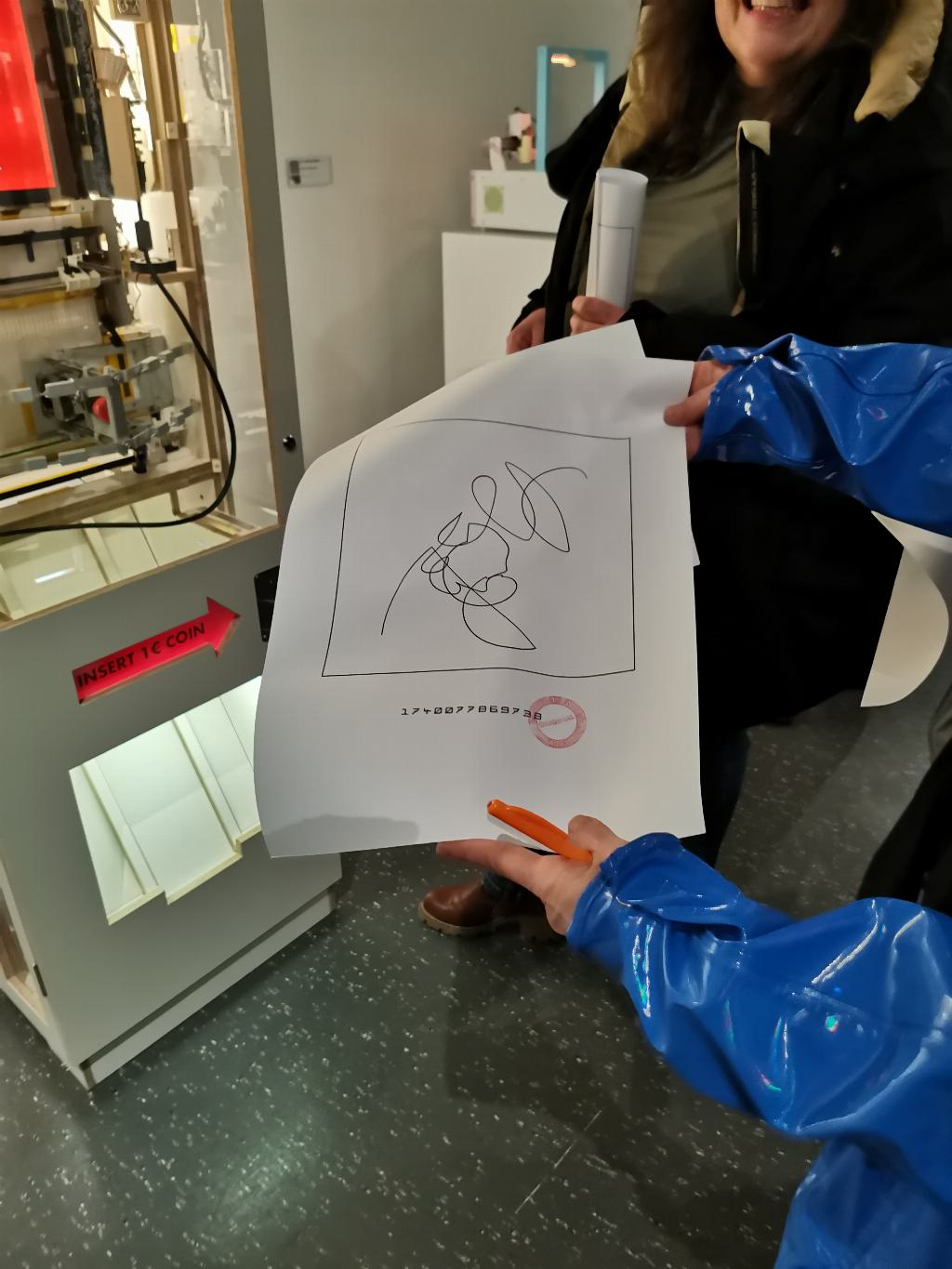
Each interaction with the installation produces a different result, as no two drawings are identical. The uniqueness stems from the algorithm's use of the UNIX/Epoch time as a seed variable. This ensures that every interaction with the installation creates a distinct piece.

By pricing each artwork at just one euro, the installation raises questions about the intrinsic value of machine-generated art, while also democratizing art consumption and collection by making original artworks affordable to all.
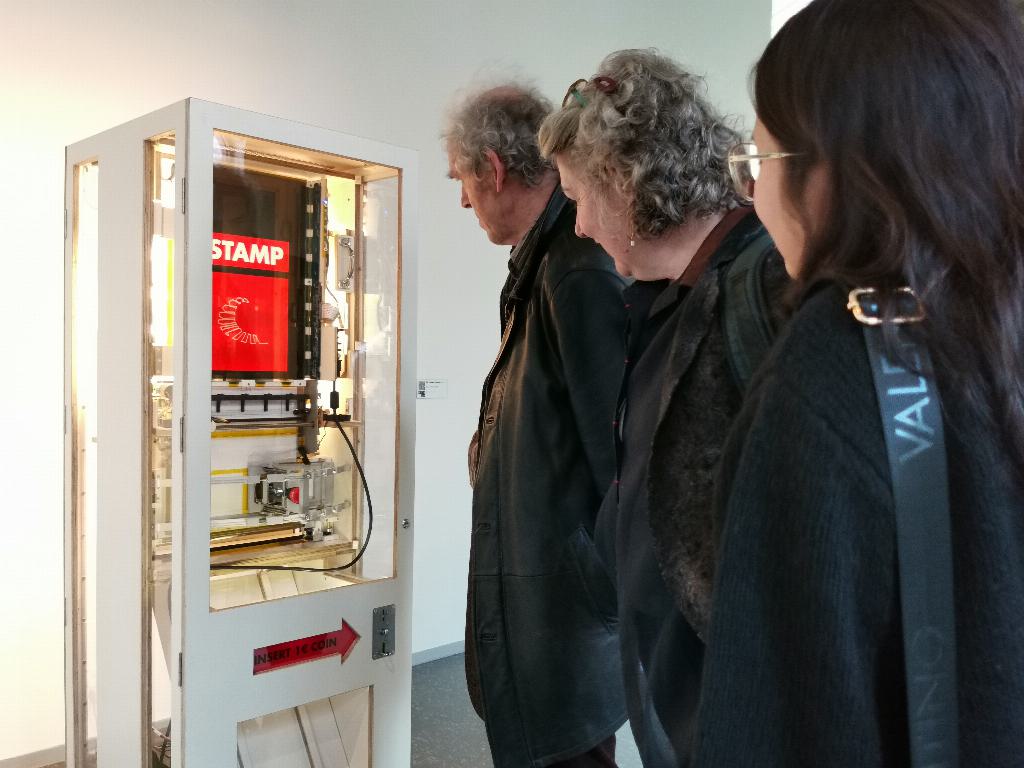
Technical implementation
The heart of the machine is a recycled Czechoslovakian “Aritma Colorgraf” plotter, which I used already in previous projects. It is positioned beneath a modified flatscreen display. I removed the screen's backlight, which left a thin transparent LCD panel that allows viewers to see directly onto the backlit paper below and which creates a stunning effect when the drawn paper is moved behind the screen.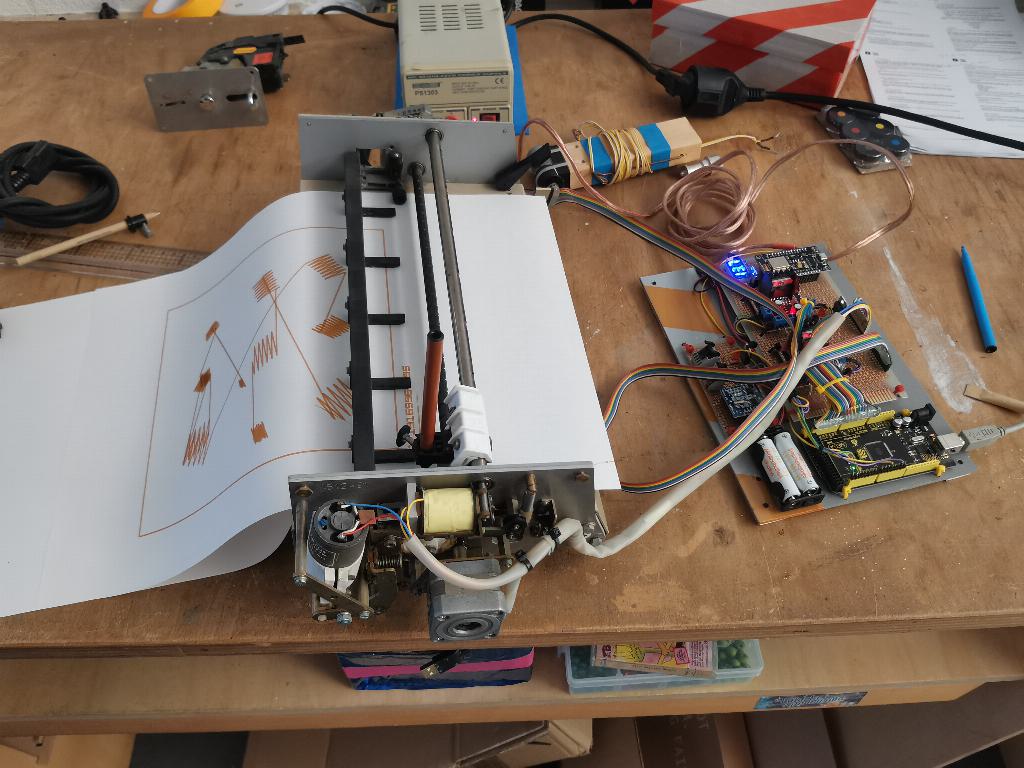
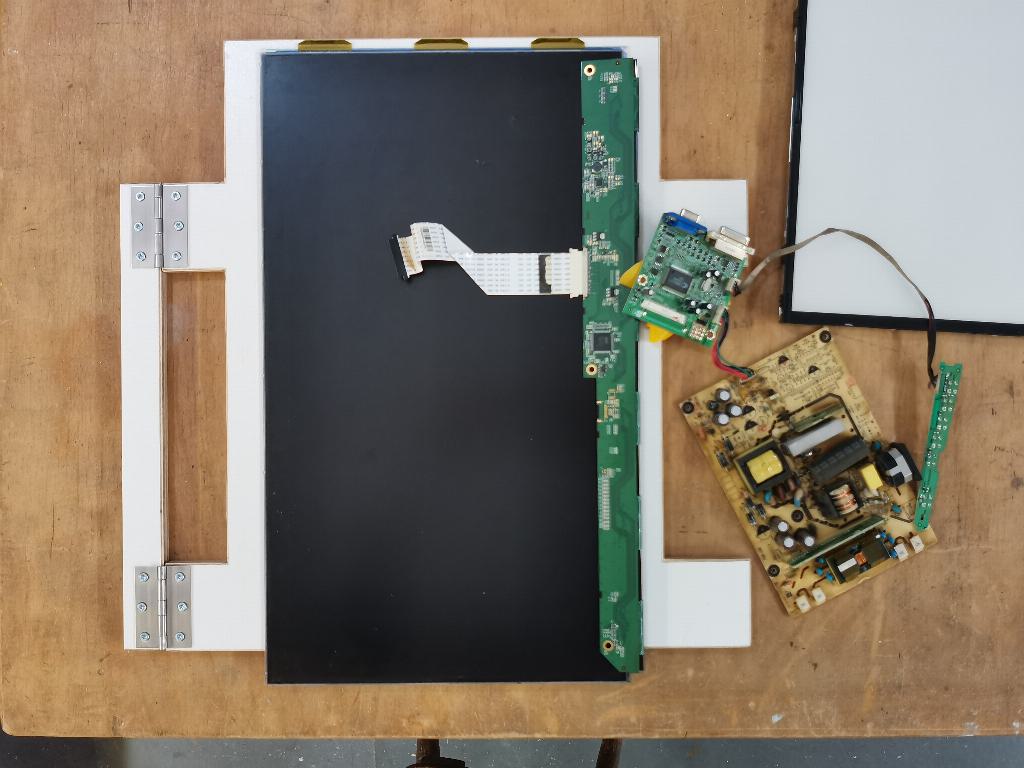
Two DIY mechanisms handle the finishing touches. After plotting, a repurposed windscreen wiper motor pulls the stamp via Bowden cables onto the paper, marking it with red ink as an approved original artwork. The cutting rig clamps the paper down with a ruler before a hobby knife glides along a linear rail. After cutting, the artwork drops into the dispensing chute.
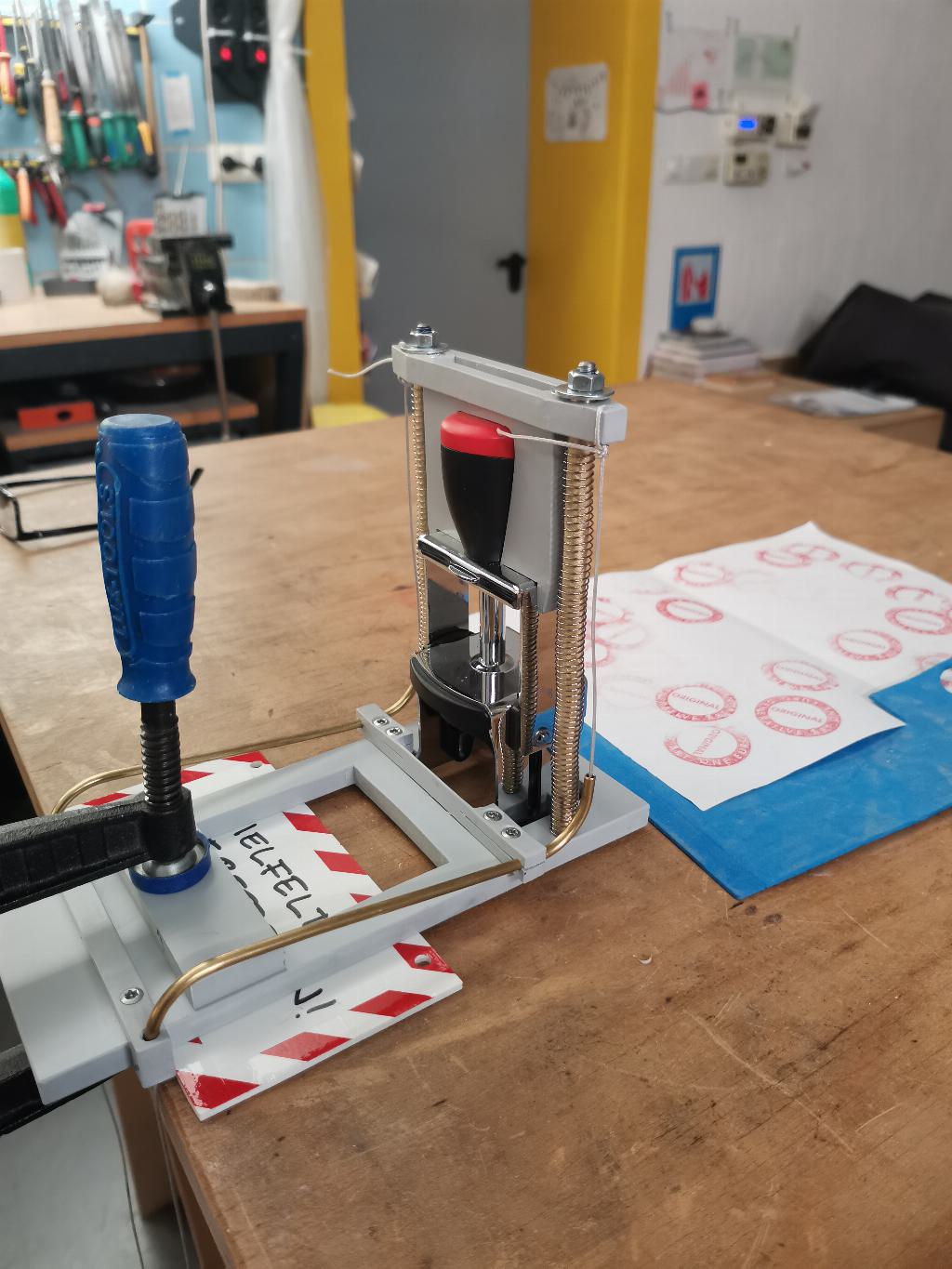
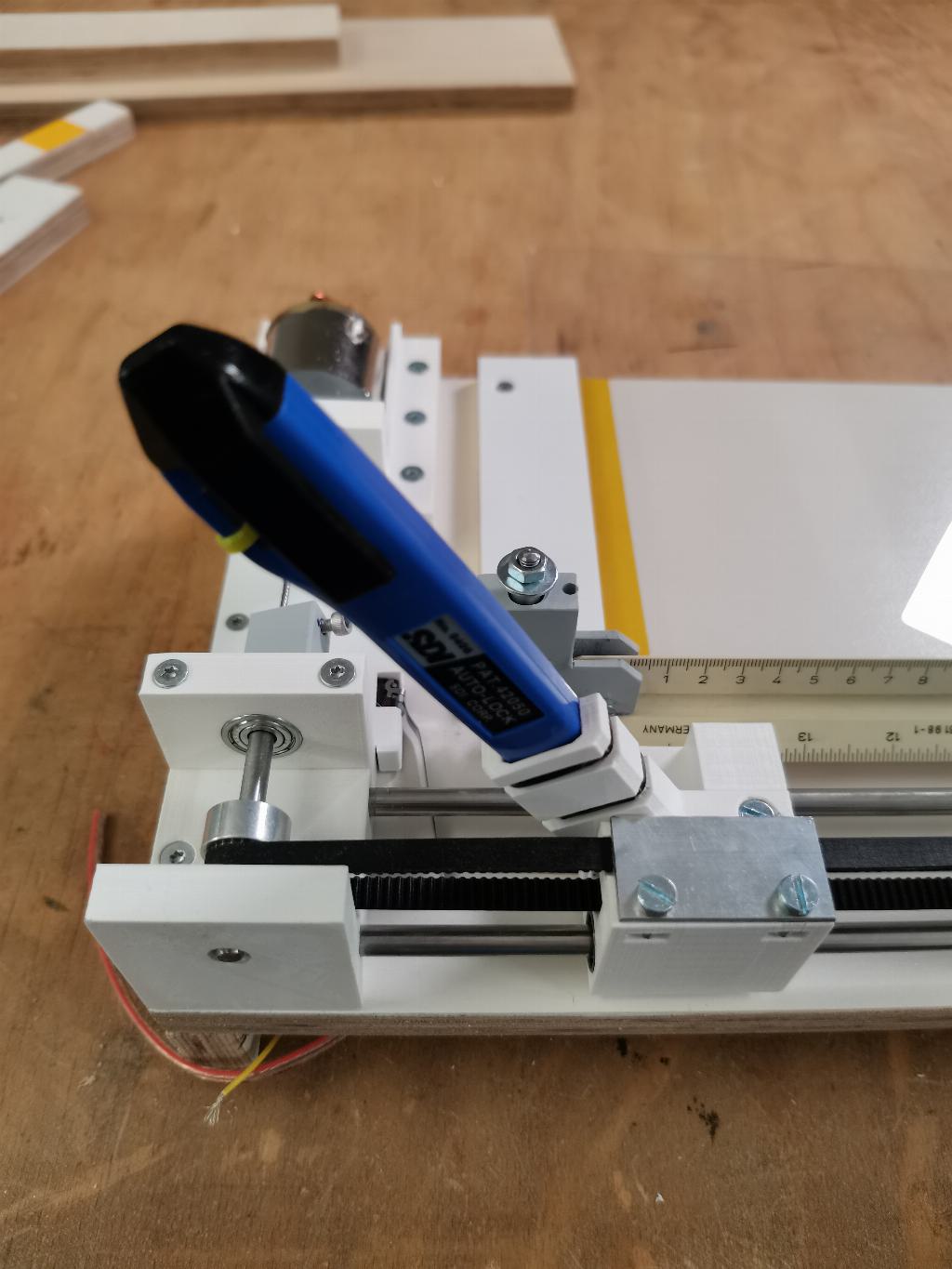
The coin validator is a commercial part, which I had in my junk box for several decades already. It works entirely mechanical, checking the coin for its weight and dimensions. When it registers a one Euro coin, a microswitch is triggered, which is read by an Arduino Mega. The Arduino also drives the plotter and the rest of the hardware and it continuosly communicates with the laptop in the back of the machine.
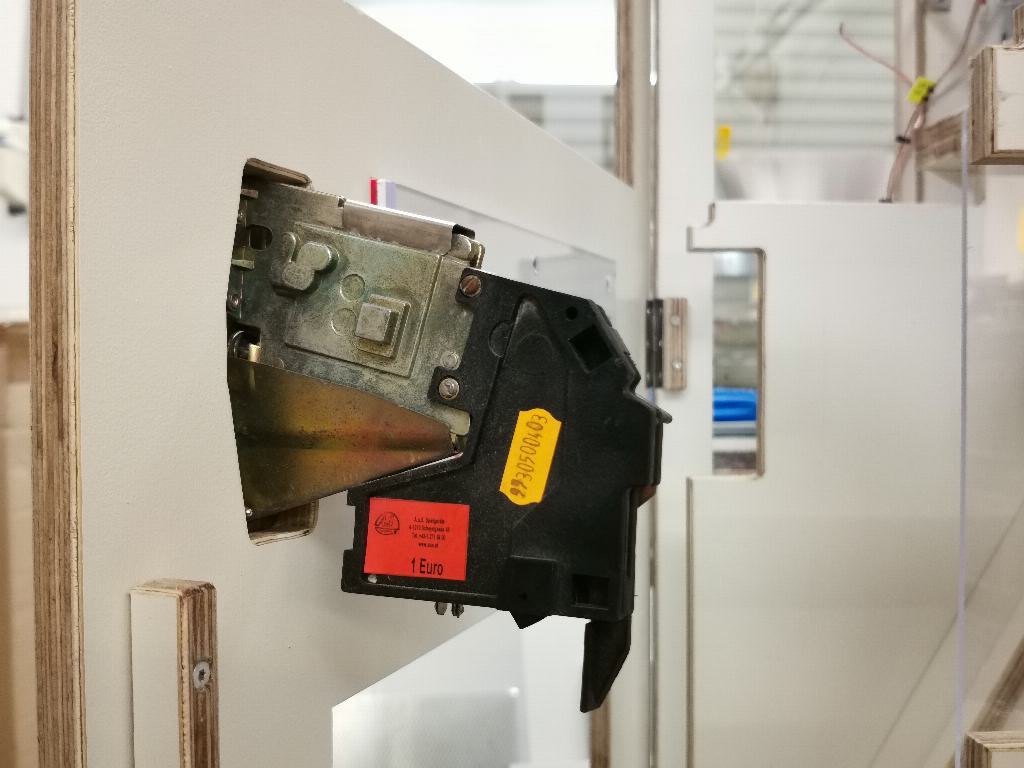
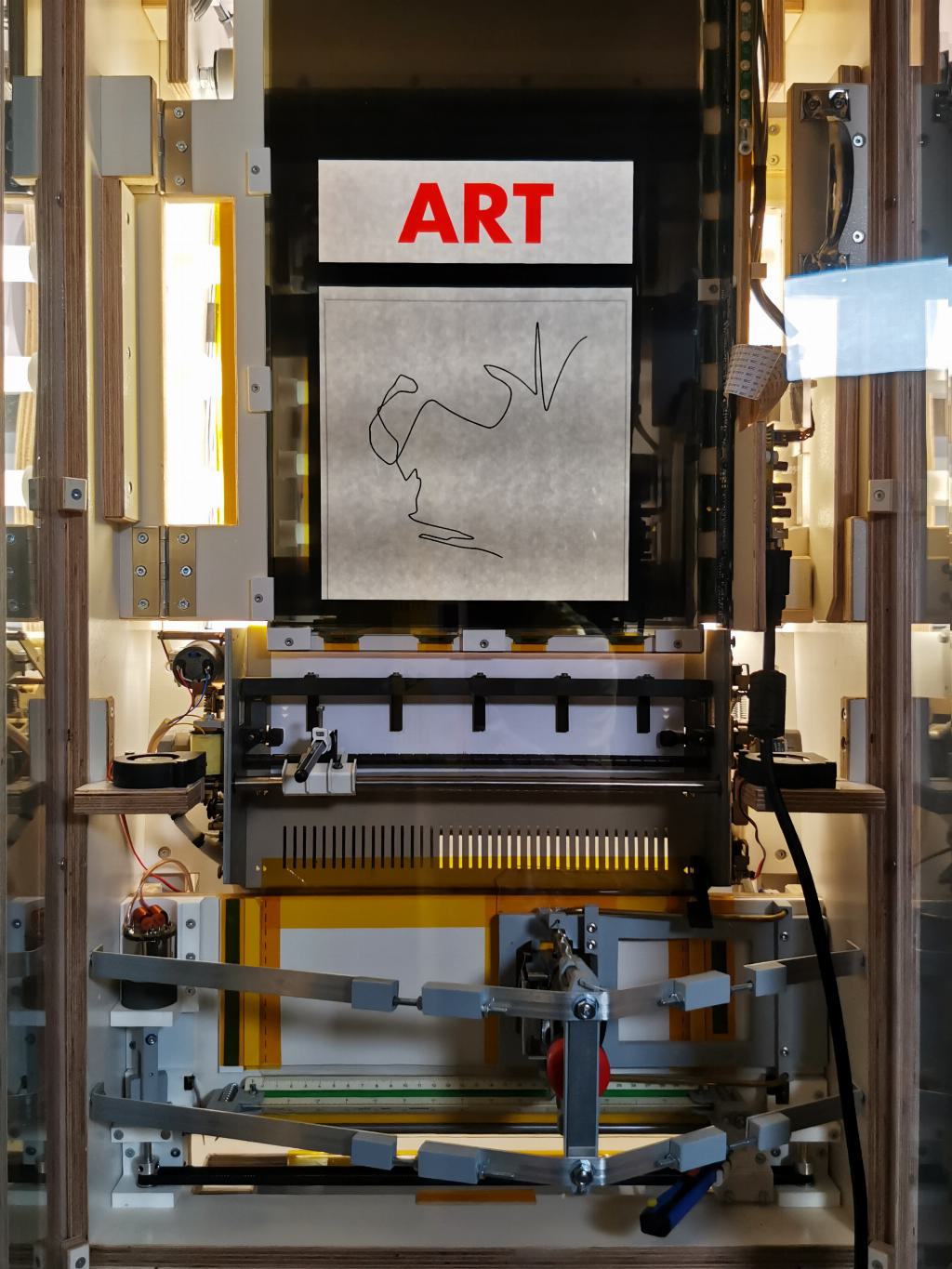
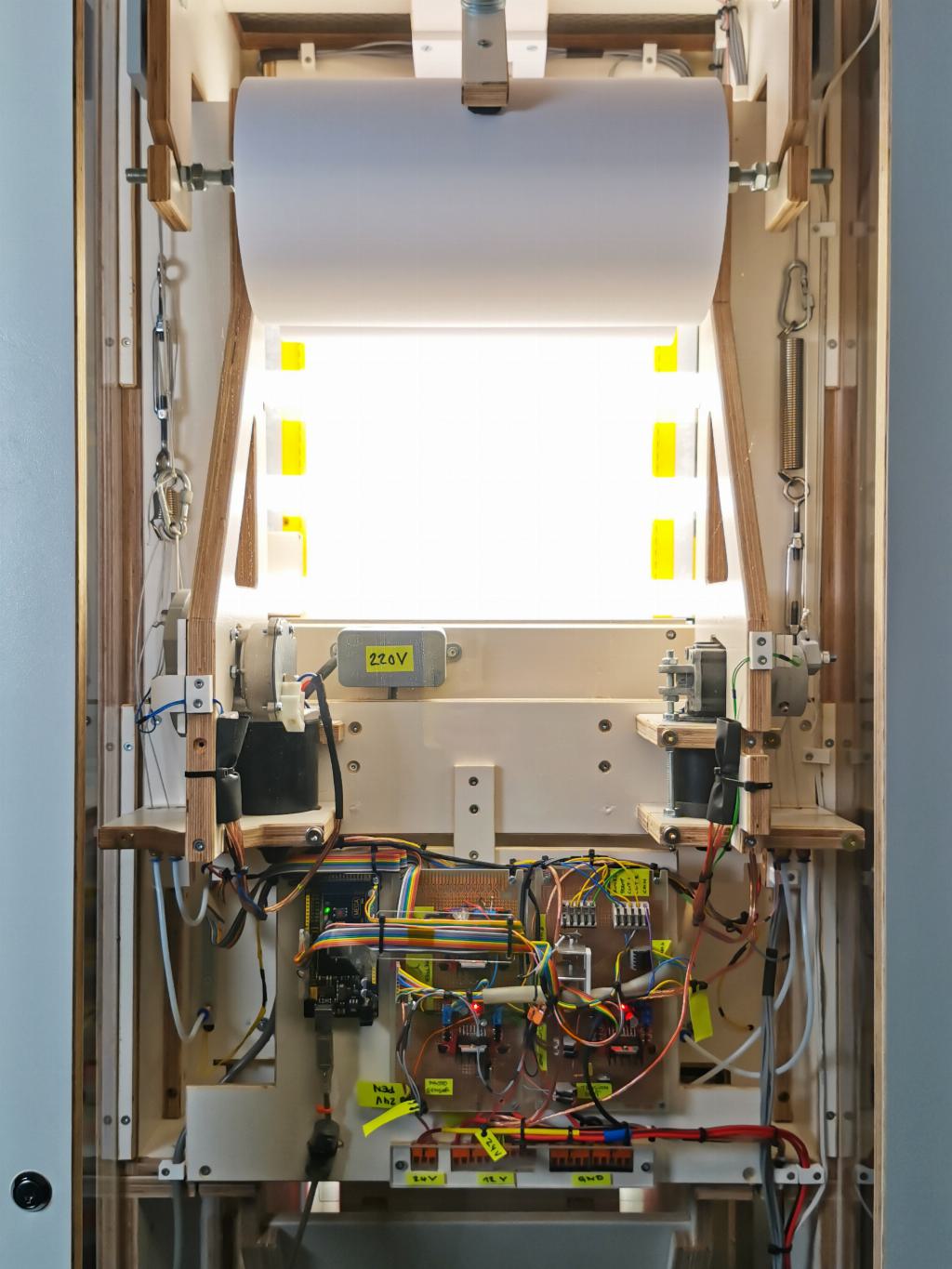
The laptop serves as the machine's brain. It runs the Python program that continuously generates the drawings. The code uses UNIX time as a seed value, as mentioned earlier. This seed feeds into various functions that calculate 1000 coordinates, which are connected to form a line. Some technically-minded readers might worry about the Y2K38 problem (also called the “Epochalypse”), as this time variable will eventually roll over, potentially compromising the uniqueness of the artworks. However, it will take about 137 years before the machine can render the same image again, using an identical seed. I'm pretty sure that the machine will be broken by that time.
Here is a simplified version of the generative algorithm, automatically ported to JavaScript:
Let's also have a look at the cabinet. The hand-built plywood and polycarbonate housing exposes the machine's guts—including the growing pile of coins from each artistic transaction.
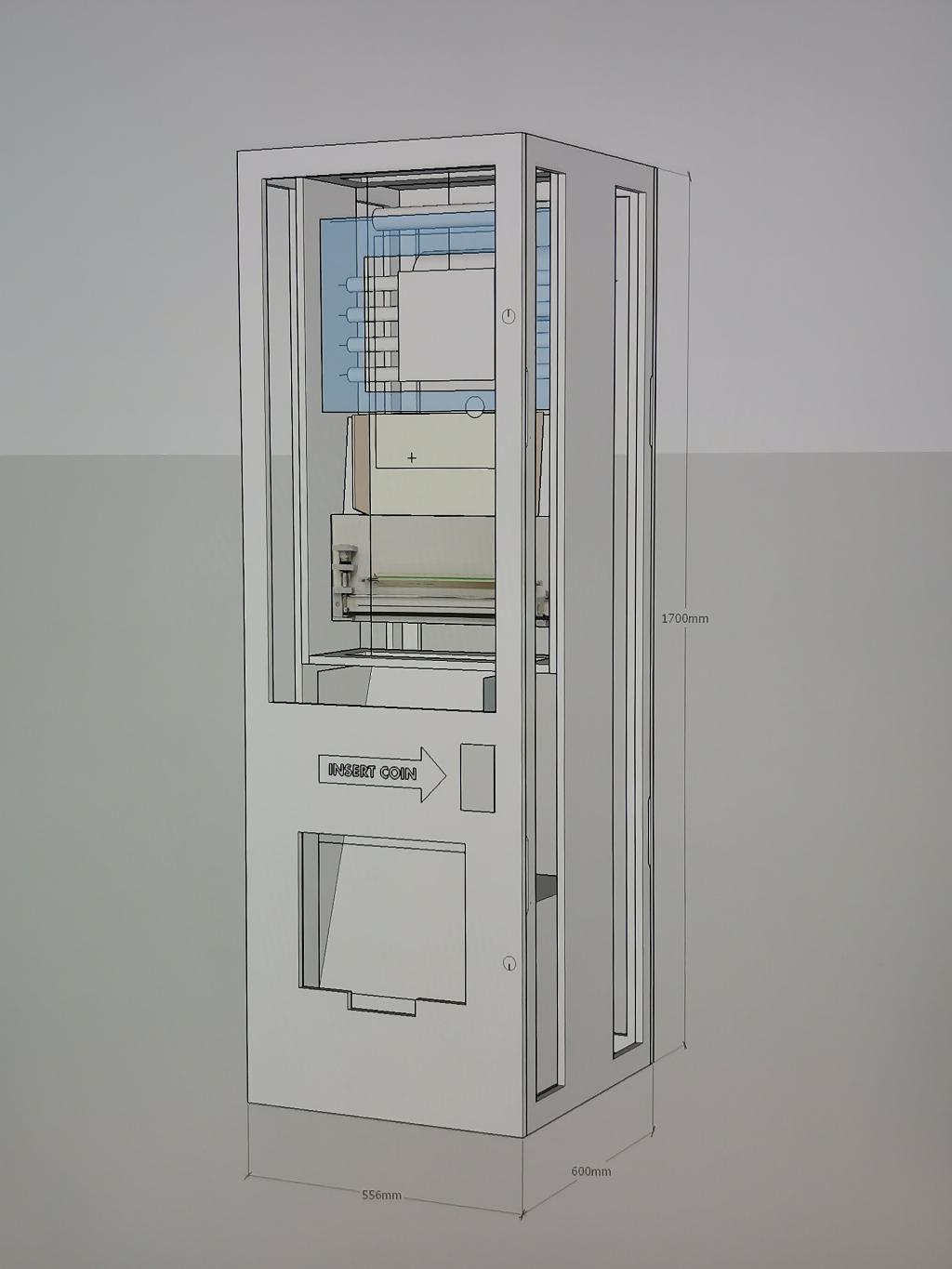
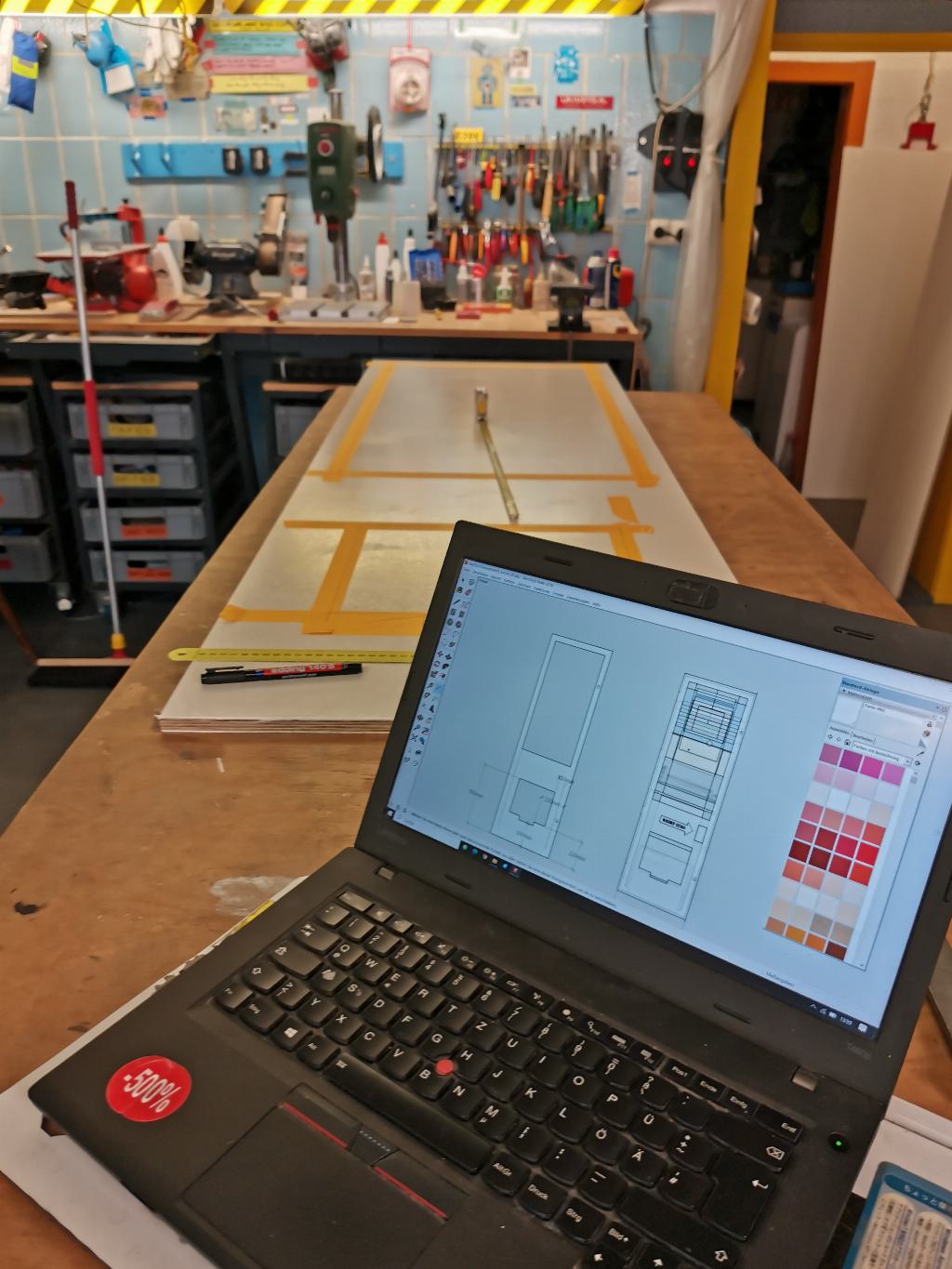
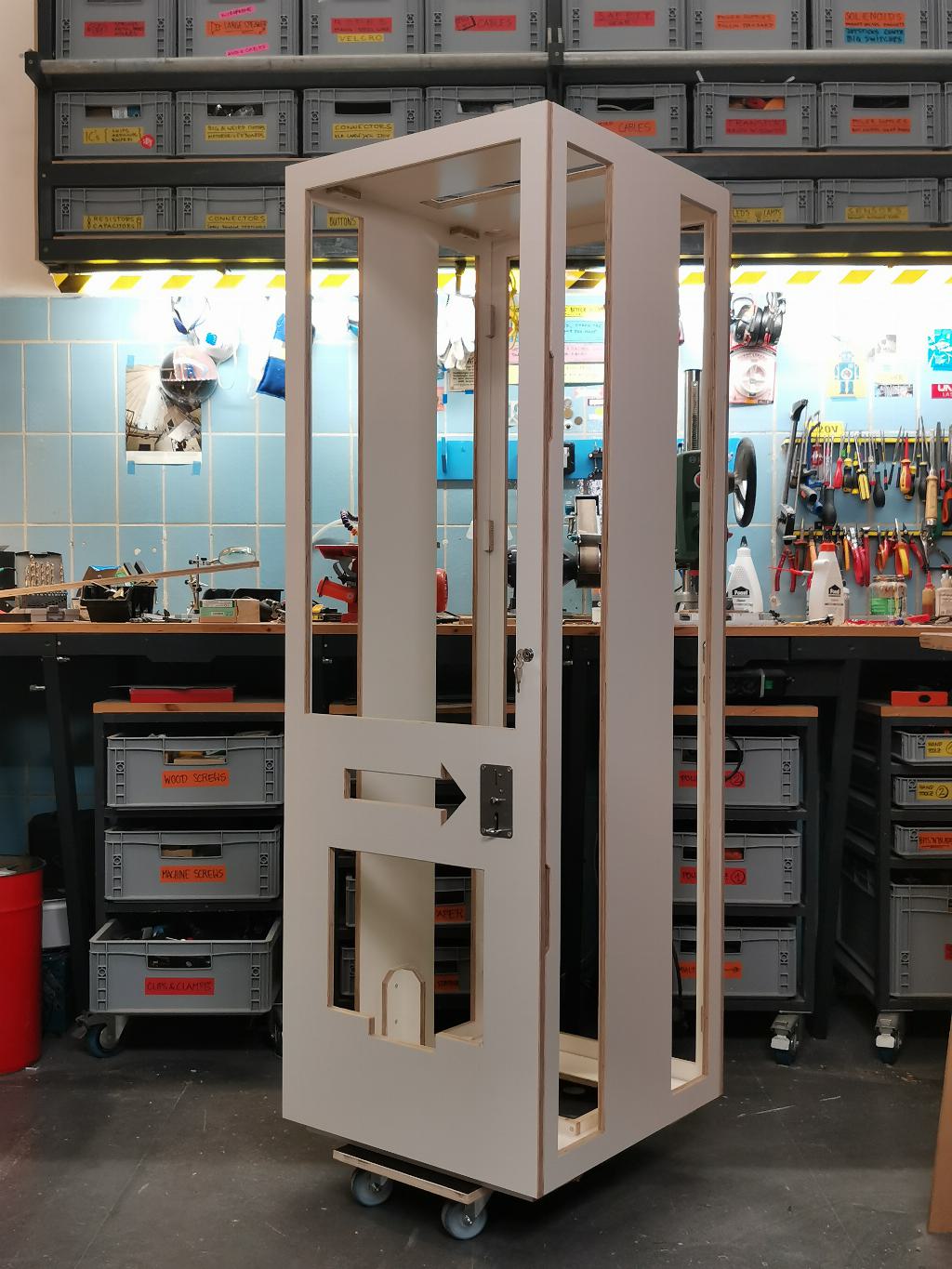
The entire building process is also documented with plenty of photos. You can find them all here.
Thanks
For the production of the machine, I'd like to thank the Liedts-Meesen Foundation and Zebrastraat for the financial support. I also want to thank Thierry Dufrêne, the curator of “Intelligence, it's automatic” for the invitation to the initial show and Marinus de Vries for recommending me. Big thanks also to the team of Zebrastraat for caring about the machine during it's first exhibition.